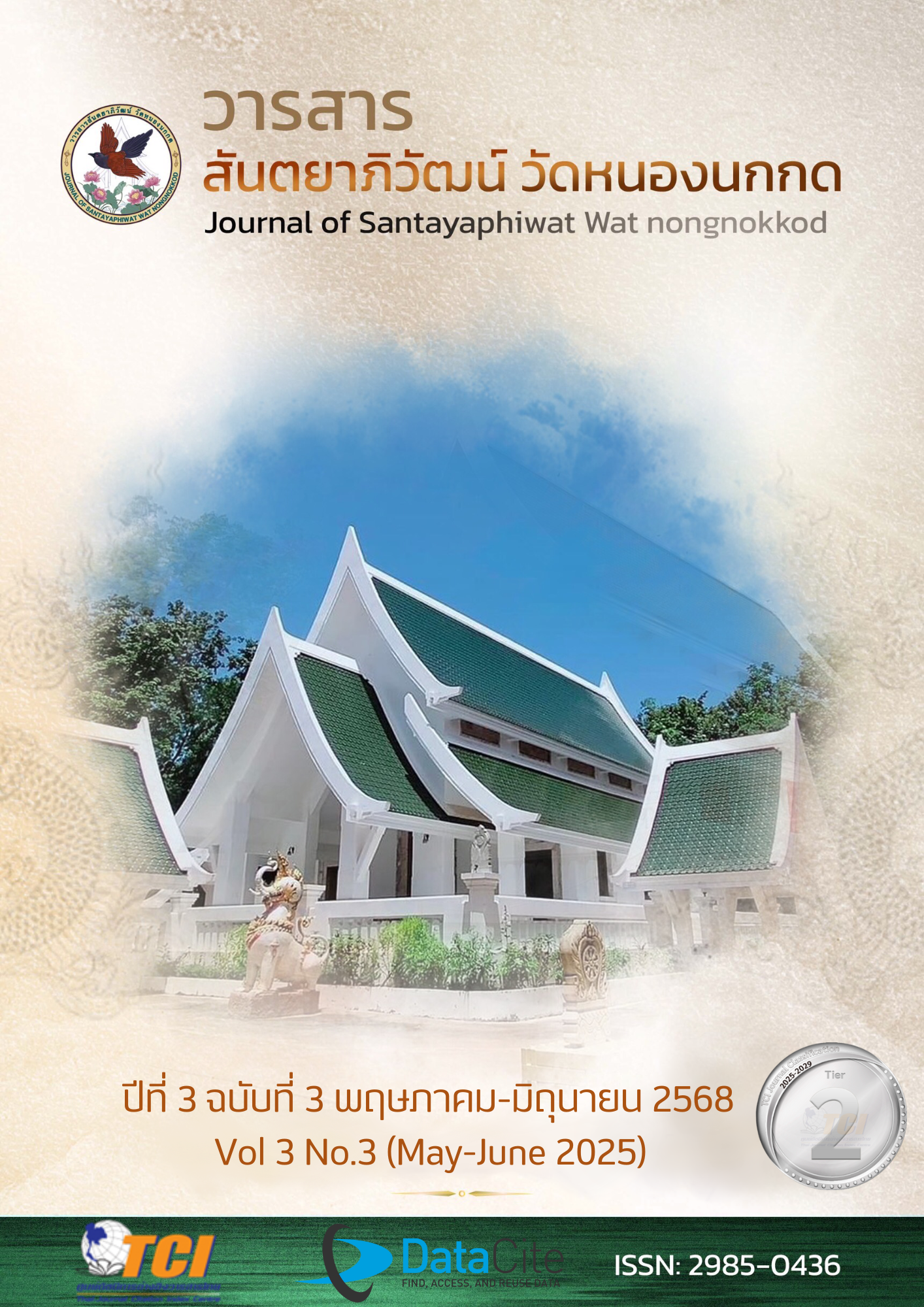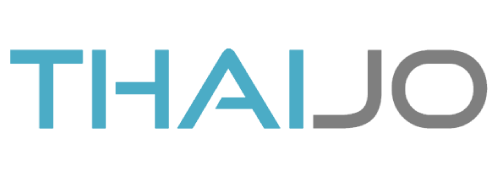STUDY OF THE SYSTEM AND PROCESS DEVELOPMENT MODEL AND LEARNING MANAGEMENT MECHANISM UTILIZING ACTIVE LEARNING TECHNIQUES IN SECONDARY SCHOOLS OF THE BASIC EDUCATION COMMISSION
Keywords:
Components and approaches, System model and mechanism, Learning management, Active learningAbstract
This research endeavors to: 1) To study the components of the development model of the system and the mechanism for managing learning management with Active Learning techniques. 2) To study the guidelines for developing the system and mechanism for managing learning management using Active Learning techniques. The qualitative research method was used in 2 steps: Step 1: To study the components of the development model of the system and mechanism for managing learning management with Active Learning techniques in secondary schools by analyzing and synthesizing internal quality assurance documents, external quality assurance documents, OBEC valuable ward documents in management and education, and multi-case studies of learning management management with Active Learning techniques in 5 schools with excellent practices. Step 2: To study the guidelines for the development of the system and mechanism for managing learning management with Active Learning techniques. The data source was 7 experts using an interview form. And analyzed the data using content analysis.
The research results found that 1) The components of the development model of the learning management system and mechanism with Active Learning techniques consisted of 5 components: (1) Objectives (2) Inputs (3) Processes (4) Outputs and (5) Success Factors 2) Guidelines for developing the learning management system and mechanism with Active Learning techniques consisted of 1) Creating understanding and awareness of the importance and benefits 2) Organizing teacher training and development 3) Support from administrators 4) Improving the curriculum and learning design 5) Promoting the use of media and technology 6) Developing a diverse measurement and evaluation system 7) Creating a collaborative network 8) Continuous monitoring and evaluation and 9) Creating a learning culture that promotes participation and lifelong learning.
References
กระทรวงการอุดมศึกษา วิทยาศาสตร์ วิจัยและนวัตกรรม. (2564). แผนพัฒนาการอุดมศึกษา รวมระยะ 5 ปี (2564-2568) : วางแนวการพัฒนาตามยุทธศาสตร์ชาติ. เรียกใช้เมื่อ 15 พฤศจิกายน 2567 จาก https://www.mhesi.go.th/index.php/news-and-announce-all/pr/announcement-news/8464-2564-2570-2566-2570.html.
ชยพล ดีอุ่น. (2565). การบริหารจัดการเรียนรู้ตามแนวทาง Active Learning ของสถานศึกษา ศูนย์เครือข่ายพัฒนาคุณภาพการศึกษาลุ่มน้ำลาง อำเภอปางมะผ้า สังกัดสำนักงานเขตพื้นที่การศึกษาประถมศึกษาแม่ฮ่องสอน เขต 1. Journal of Modern Learning Development, 7(3), 45–58.
ณัจฉรียา ภาธรธนฤต. (2566). การบริหารงานวิชาการด้านการจัดการเรียนรู้เชิงรุก (Active Learning) ของโรงเรียนมัธยมศึกษา สังกัดสำนักงานเขตพื้นที่การศึกษามัธยมศึกษาพะเยา. ใน การศึกษาค้นคว้าอิสระปริญญาการศึกษามหาบัณฑิต. มหาวิทยาลัยพะเยา.
ทิศนา แขมณี. (2565). การปรับกลยุทธ์การสอนเพื่อรองรับการเรียนรู้ที่แตกต่างกันในนักเรียนระดับมัธยมศึกษา. วารสารการเรียนรู้แบบมีส่วนร่วม, 22(3), 102-118.
นนทลี พรธาดาวิทย์. (2559). การพัฒนาการจัดการเรียนรู้เชิงรุกในวิชาการจัดการเรียน. วารสารวิจัย มทร.กรุงเทพ, 11(1), 85–94.
สถาบันส่งเสริมการสอนวิทยาศาสตร์และเทคโนโลยี. (2566). การแถลงข่าวผลการประเมินPISA 2022. เรียกใช้เมื่อ 5 พฤศจิกายน 2567 จาก https://pisathailand.ipst.ac.th/news-21/.
สำนักงานคณะกรรมการการศึกษาขั้นพื้นฐาน. (2562). นโยบายและจุดเน้นการจัดการศึกษาขั้นพื้นฐาน ปีงบประมาณ 2562. เรียกใช้เมื่อ 10 พฤศจิกายน 2567 จากhttps://www.obec.go.th
สำนักงานบริหารและพัฒนาระบบการศึกษา. (2565). ผลการสอบ PISA 2021: วิเคราะห์สถานะการศึกษาของไทย. เรียกใช้เมื่อ 10 พฤศจิกายน 2567 จาก https://pisathailand.ipst.ac.th/news-21/
Fayol, H. (1949). General and Industrial Management. London: Pitman.








